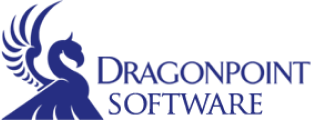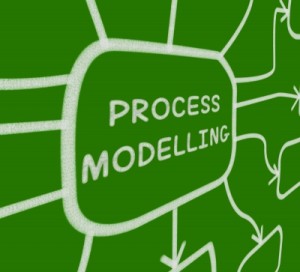In the previous blog, we discussed how you can improve your business health through process characterization. We described in general how process characterization works: your consultants conduct interviews, identify issues, develop process maps, and facilitate team reviews to identify improvement objectives. You may be surprised at some of the double-work and disconnects that become clear during this process. To ensure you don’t automate an inefficient solution, your consultants help streamline your processes prior to implementing a software solution. Remember, a smooth flow of information maximizes all your corporate assets.
During process characterization:
You choose what is called the Process Owner. The Process Owner is the person(s) who initiates, champions, and supports the process improvement project and is the person(s) with overall responsibility and authority for the processes included in the project. The Process Owner is responsible for:
- Identifying improvement objectives or critical business issue(s) targeted for mapping and/or improvement.
- Defining the boundaries of the process to be characterized.
- Working with the facilitators to ensure project success by providing the support necessary to establish the project’s priority and ensure employees’ cooperation.
Your consultants and the Process Owner meet to:
- Review the improvement objectives and process boundaries.
- Agree upon a plan of action.
- Identify any “wrong colored rocks” (solutions that are not acceptable to the Process Owner, such as hiring new employees).
The Process Owner identifies Team Members who are responsible for:
- Providing information about their role in the process, making improvement suggestions, and identifying problems with the process during an interview with your consultants.
- Attending a team meeting to review the process maps and any associated issues.
Your consultants and the Process Owner draft an informational memo to be distributed to Team Members. This memo should indicate the Process Owner’s dedication to the project, ask for the employee’s cooperation and help, stress the confidentiality of the interviews, and include a project overview and interview schedule
Your consultants then
- Conduct the team member interviews, synthesize the results, develop process maps, identify disconnects, and document suggestions for improvement.
- Facilitate a team meeting with all interviewees to review interview findings and validate the “As Is” process maps and disconnects.
- Correct the “As Is” process maps and issues based on results of the team meeting.
- Facilitate a team meeting with all interviewees to develop the “Should Be” map and identify action items to accomplish the “Should Be” process.
- Compile a final report that includes all issues, action items, and process maps (the deliverables).
Using process characterization is one of the best ways to streamline and organize your business processes, which ultimately improves one of every business’ key processes – calculation of the bottom line.
Optimize your business with process characterization! Uncover inefficiencies and enhance your operations. Contact DragonPoint for expert consultants who guide you through seamless process improvement. Streamline workflows for a maximized bottom line.
Image courtesy of Stuart Miles / FreeDigitalPhotos.net






